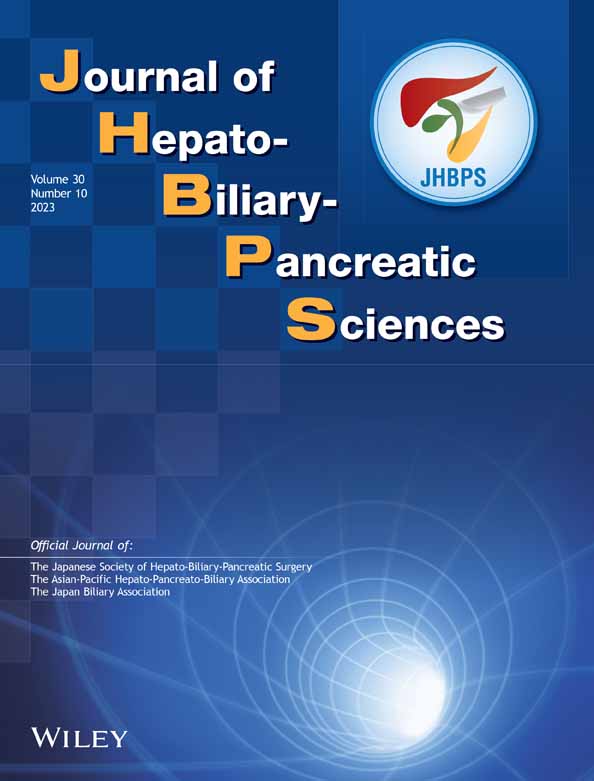Textbook outcome as a composite measure of quality in hepaticopancreatic surgery
Abstract
Background
Textbook outcome (TO) is a valuable metric to assess postoperative outcomes. The aim of this study was to assess TO in patients undergoing hepatopancreatic surgery.
Methods
This was a retrospective cohort NSQIP study from 2015 to 2018. TOs are defined as no complication or mortality and length of stay within the 75th percentile.
Results
This study included 44 235 patients. Of those patients, 61% underwent pancreatic surgery (PS) and 39% hepatic surgery (HS). The most common surgical procedure was pancreaticoduodenectomy (16 464), followed by partial hepatectomy (11 817), distal pancreatectomy (8292), hemihepatectomy (4247), hepatic trisegmentectomy (1366) and total pancreatectomy (706). TO was more common for HS than PS, 47% versus 40%, p < .001. TO was more common for younger (0–65, OR: 1.60; CI: 1.30–1.96, p < .001), female (OR: 1.23; CI: 1.17–1.29, p < .001), white (OR: 1.10; CI: 1.01–1.19, p = .022), and lower ASA class (OR: 2.11; CI: 1.54–2.90, p < .001) patients. For patients undergoing HS TO was more common after partial lobectomy than trisegmentectomy and lobectomy (OR: 1.36; CI: 1.18–1.57, p < .001). For those undergoing PS, there was a lower likelihood of TO for those who are obese/morbidly obese compared to normal-weight patients (OR: 0.73; CI: 0.67–0.79, p < .001). Unlike HS, TO for patients undergoing PS was not associated with the type of surgical procedure.
Conclusions
TO is a composite that can be applied to a national data set to analyze outcome quality. In HS, more complex surgical procedures are associated with a decreased likelihood of TO. In PS, TO are similar regardless of the procedure but less common in obese or morbidly obese patients.
CONFLICT OF INTEREST STATEMENT
The authors declare no conflicts of interest.




